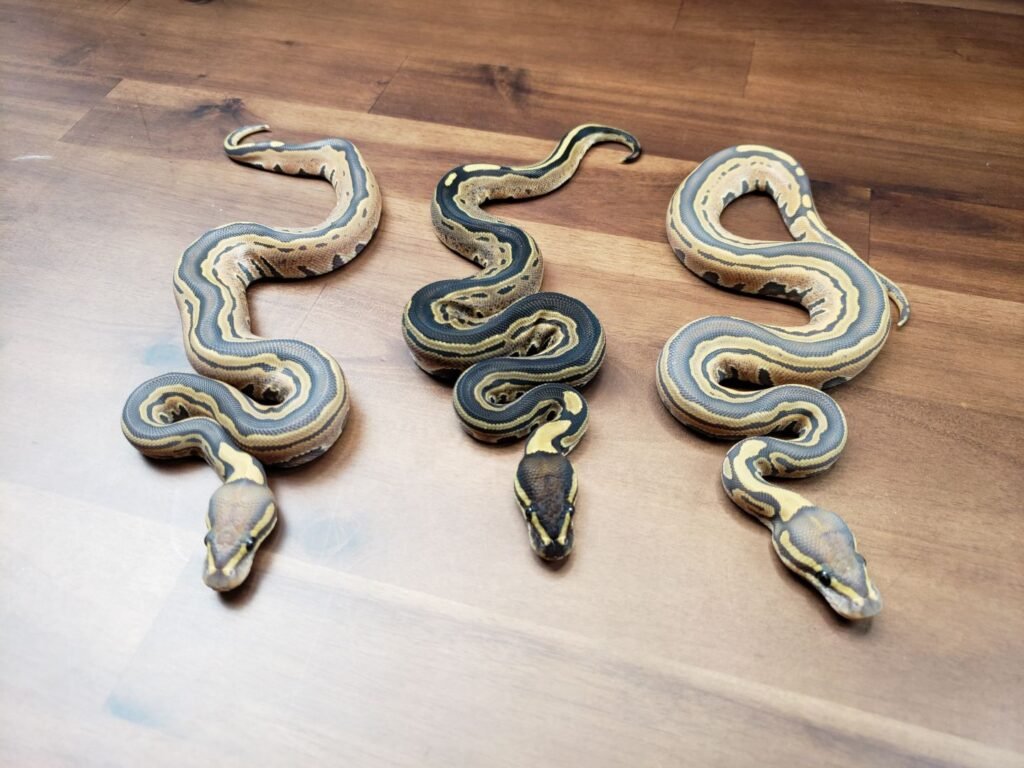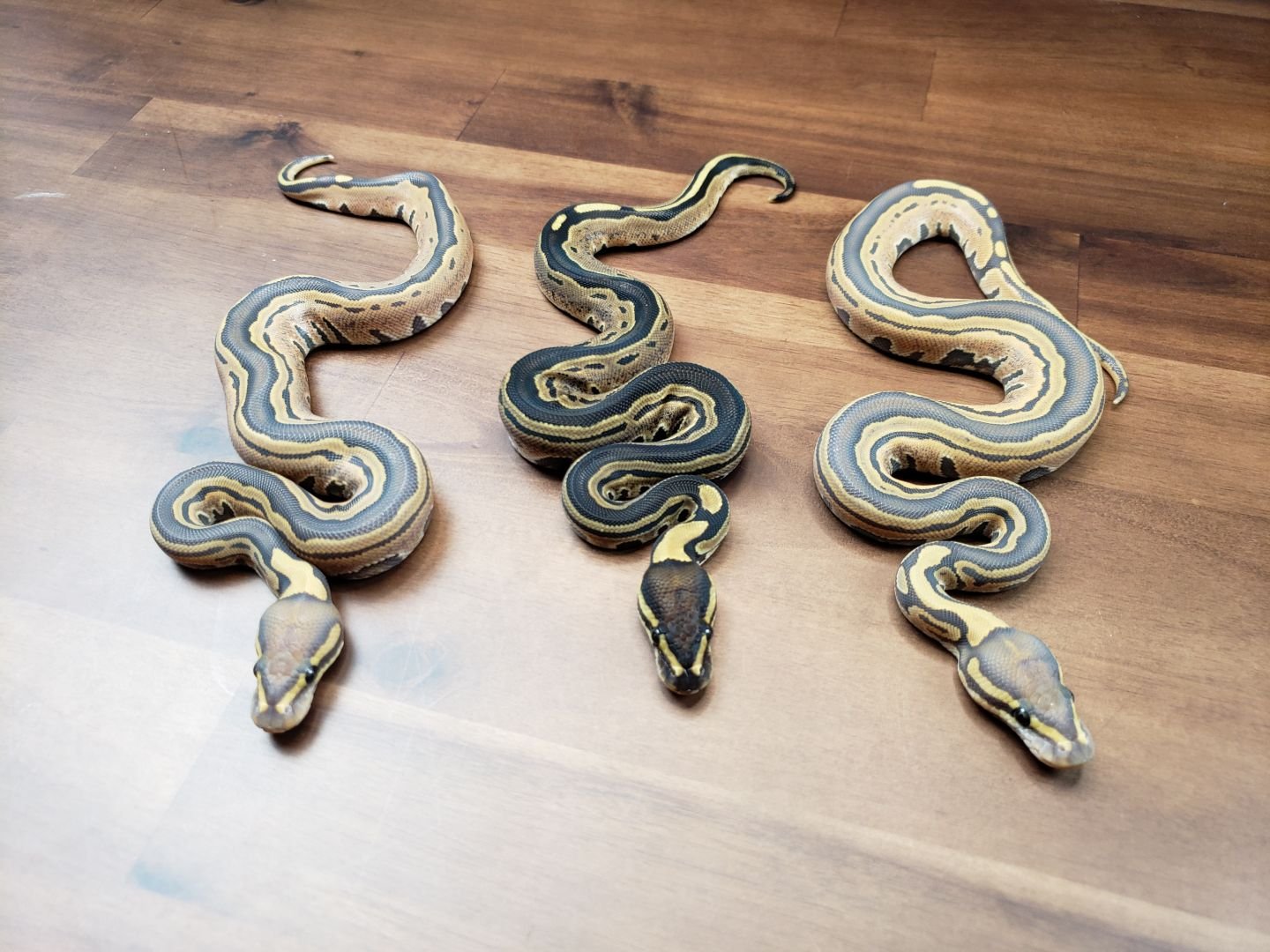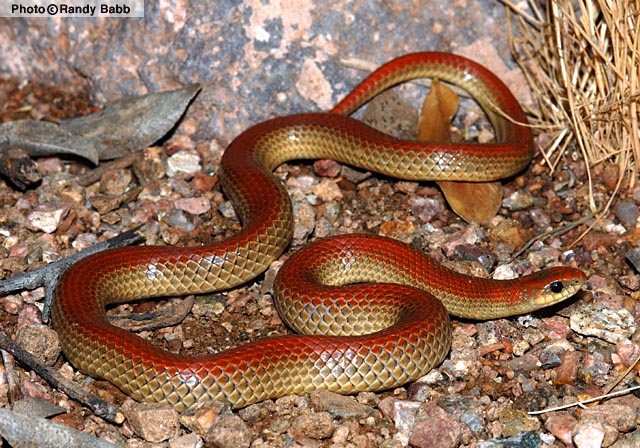Get 10 Amazing Tips on Ball Python Breeding!
Ball pythons, known for their docile temperament, can be fascinating breeders in captivity. However, responsible breeding requires knowledge and preparation to ensure the health and well-being of your snakes. This guide explores ball python mating, proper animal care, and creating an ideal breeding environment.
Want to learn more? Click here for ALL of our free advice and tips!
Understanding Ball Python Mating Cycles
In the wild, ball python breeding is seasonal, typically from mid-September to mid-November, coinciding with the minor rainy season. This seasonal shift triggers hormonal changes that initiate breeding behavior. Captive breeding can occur year-round, but mimicking these seasonal cues helps optimize breeding success.

Maturity Matters: Selecting Breeding Stock
It’s crucial to ensure your ball pythons are mature enough for breeding. Males typically reach breeding maturity around 16-18 months old and a minimum weight of 700 grams. Females mature slightly later, around 27-31 months old, and should weigh at least 1200 grams before breeding. Breeding an underweight snake can lead to health problems like retained eggs.
Pre-breeding Conditioning: Getting Your Snakes Ready
Before breeding, both males and females should be in excellent health. A vet check to ensure they are parasite-free and disease-free is essential. Separate the snakes at least 30 days before breeding to allow them to focus on building their body reserves.
Creating the Perfect Breeding Environment:
Mimicking the seasonal changes that trigger ball python breeding instincts is key. Here’s how to create an ideal breeding environment:
- Cooling: Slowly decrease night-time temperatures by a few degrees Fahrenheit over several weeks, mimicking the cooler fall season. Aim for a cool side temperature around 78°F (25.5°C).
- Light Cycle: Gradually shorten the daylight hours, mimicking shorter days as fall approaches. Start with a 14-hour light cycle and slowly decrease it to 10-12 hours over a few weeks.
Breeding Season:
- Introducing the Snakes: Once the cooling and light cycle adjustments are complete, introduce the male to the female’s enclosure. Monitor them closely during this time. Provide ample hides for both snakes to feel secure.
- Mating Behavior: The male will typically initiate mating by rubbing his chin on the female and attempting to cloacal contact. This process can take several hours or even days.
Breeding Success:
- Signs of Ovulation: After successful breeding, the female may show signs of ovulation within a few weeks. These include refusing food and becoming more restless.
- Egg Laying: The female will lay her eggs 4-6 weeks after ovulation. Clutch size can vary from 1 to 11 eggs.
Caring for Eggs and Hatchlings:
- Egg Incubation: After laying, remove the eggs to a separate incubation chamber with controlled humidity and temperature (around 88-90°F or 31-32°C).
- Hatching: The eggs will incubate for 55-60 days, after which the young ball pythons will emerge using their egg tooth.
Best Practices for Responsible Ball Python Breeding:
- Genetic Diversity: Carefully research breeding ball pythons with different color morphs to avoid inbreeding, which can lead to health problems in offspring.
- Experience Matters: Breeding ball pythons can be challenging. If you’re new to snake breeding, consider starting with experienced breeders or mentors for guidance.
- Overbreeding Risks: Avoid breeding females too frequently. They need time to recover after laying eggs.
- Commitment to Care: Breeding ball pythons is a long-term commitment. Be prepared to care for hatchlings until they find new homes.
Additional Considerations:
- Veterinary Care: Schedule regular vet checkups for your breeding ball pythons to ensure their overall health.
- Record Keeping: Maintain detailed records of your breeding program, including breeding dates, clutch sizes, and any health issues.
Conclusion
Ball python breeding can be a rewarding experience, but it requires a significant commitment to responsible animal care. By understanding their breeding cycle, creating the right environment, and prioritizing the well-being of your snakes, you can contribute to the health and diversity of this fascinating species. Remember, responsible breeding requires knowledge, experience, and a deep respect for these amazing creatures.
Want to learn more? Click here for ALL of our free advice and tips!


